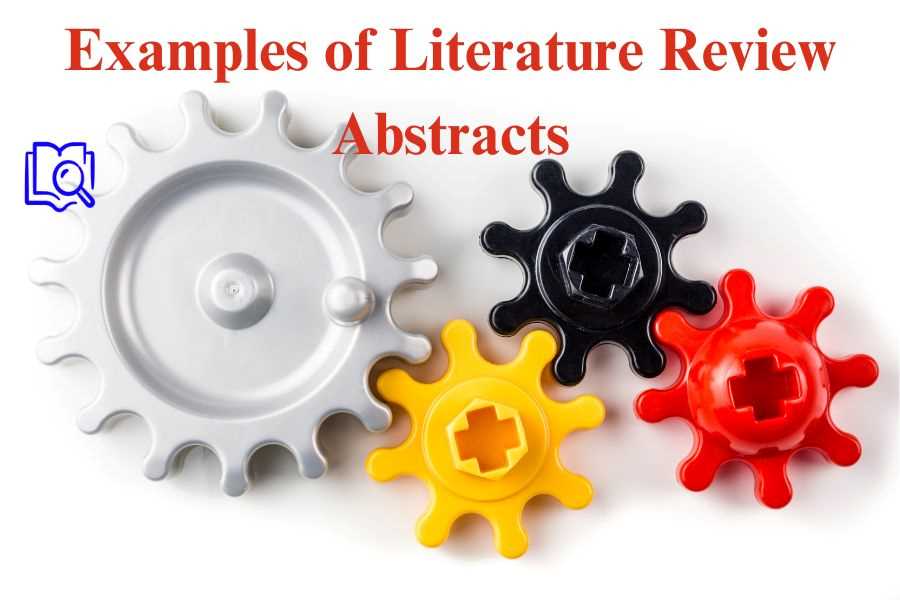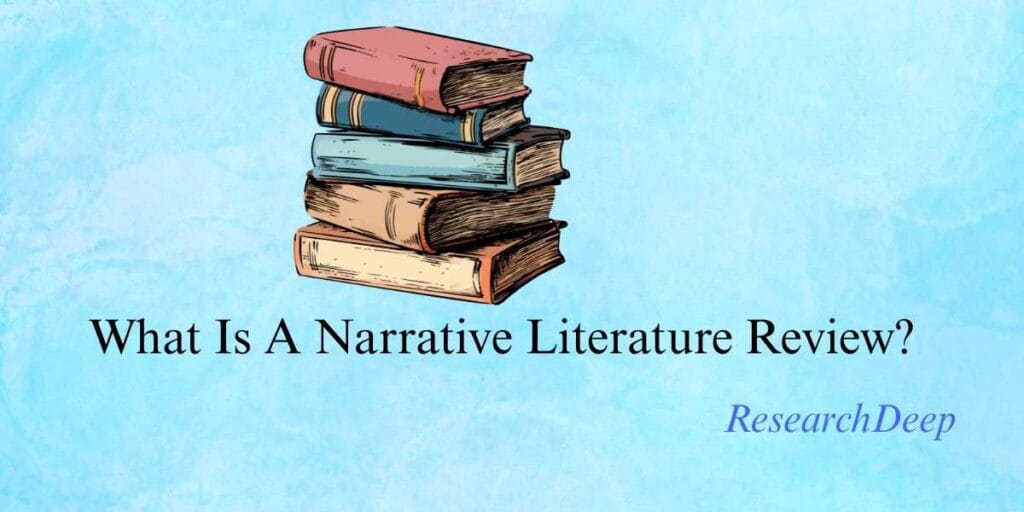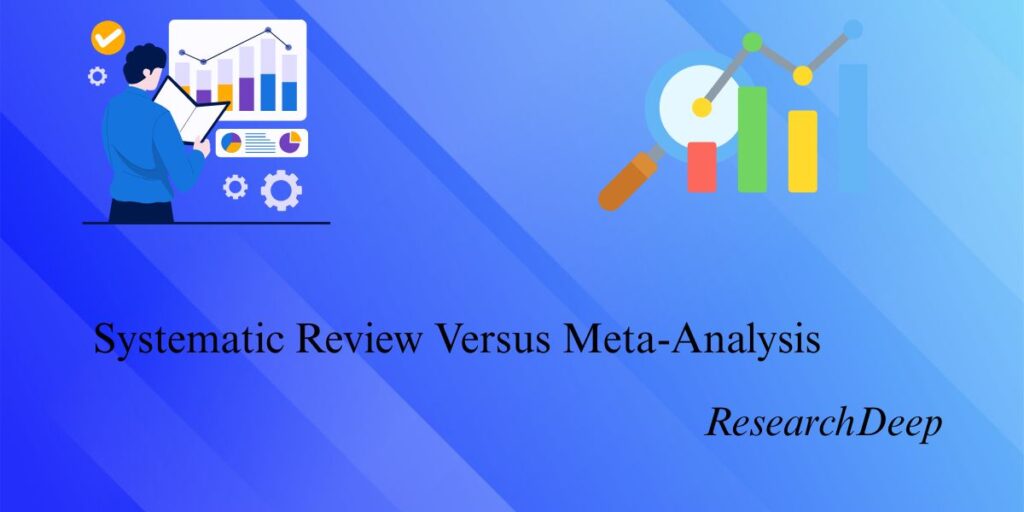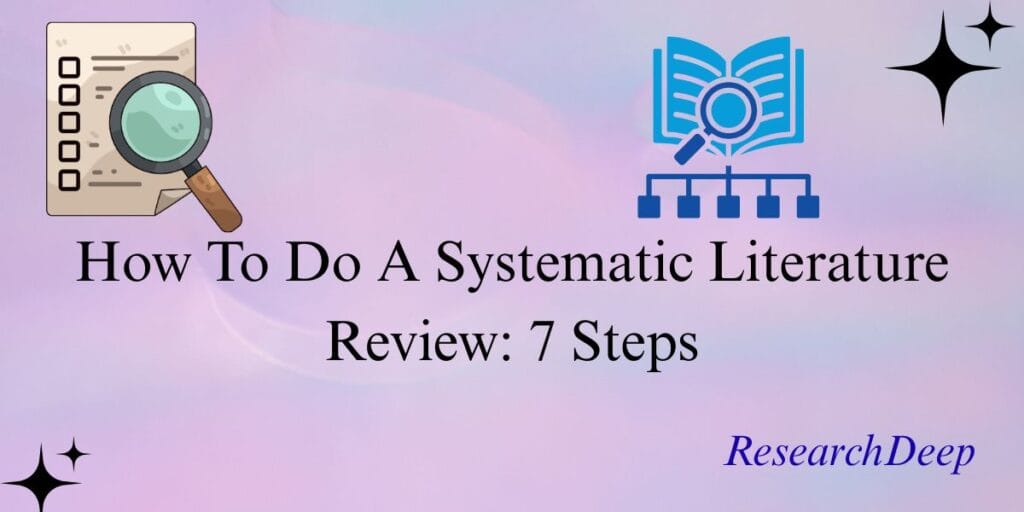Last updated on November 25th, 2025 at 12:58 pm
A literature review abstract provides a concise summary of the existing research on a particular topic, showcasing key findings, methodologies, and theoretical frameworks.
This article explores various examples of literature review abstracts to offer guidance on how to create an effective and well-structured abstract for your research.
Key Components of a Literature Review Abstract
Before getting into examples, it’s crucial to understand the essential components of a literature review abstract that highlight the importance of literature review in research.
Typically, an abstract should cover the following:
1. Objective: Briefly explain the purpose or scope of the literature review.
2. Methods: Describe how the literature was selected, analyzed, and synthesized.
3. Findings: Briedly highlight the nature of research conducted.
4. Conclusion: Highlight the significance of the findings and suggest future research directions.
Examples of Literature Review Abstracts
Example 1: Narrative Literature Review
Abstract:
This literature review examines the impact of digital tools in higher education. By synthesizing research from 2015 to 2022, the review identifies key trends in student engagement, learning outcomes, and faculty perceptions. A total of 50 peer-reviewed articles were included in the analysis. Findings suggest that while digital tools enhance student engagement, there are mixed outcomes regarding learning effectiveness. Moreover, faculty members often express concerns about the steep learning curve associated with new technologies. This review identifies a need for future research on the long-term effects of these tools on education.
| Component | Example Analysis |
|---|---|
| Objective | Investigate the impact of digital tools in higher education. |
| Methods | Analyzes 50 peer-reviewed articles from 2015 to 2022. |
| Findings | Identifies trends in student engagement and learning outcomes. |
| Conclusion | Highlights the need for future research on long-term effects. |
Example 2: Systematic Literature Review
Abstract:
This systematic literature review investigates the relationship between corporate social responsibility (CSR) and financial performance in the energy sector. A comprehensive search of databases was conducted, identifying 75 studies from 2000 to 2020. After applying inclusion and exclusion criteria, 40 studies were included for in-depth analysis. The results indicate a positive correlation between CSR practices and financial performance, particularly in firms with renewable energy portfolios. However, there is a lack of consensus regarding the causality of the relationship. Future research should focus on longitudinal studies to establish clearer cause-effect dynamics.
| Component | Example Analysis |
|---|---|
| Objective | Examines the relationship between CSR and financial performance. |
| Methods | Conducted a systematic review, including 40 studies from 2000 to 2023. |
| Findings | Identifies a positive correlation between CSR and financial performance. |
| Conclusion | It suggests the need for longitudinal studies to explore causality. |
Purpose: To methodically collect and critically analyze multiple research studies or papers, often following a predefined protocol to minimize bias.
Example 3: Scoping Literature Review Abstract
Abstract:
This scoping review explores the use of artificial intelligence (AI) in healthcare. A total of 90 articles from 2010 to 2023 were analyzed to map the various applications of AI in clinical settings. Key areas of AI application identified include diagnostic imaging, patient monitoring, and drug discovery. The review highlights ethical concerns and the regulatory challenges associated with AI in healthcare. While AI shows promise in improving patient outcomes, more research is needed to address issues of bias, data privacy, and regulatory frameworks.
| Component | Example Analysis |
|---|---|
| Objective | Explores AI applications in healthcare. |
| Methods | Analyzes 90 articles from 2010 to 2023. |
| Findings | Identifies applications in diagnostic imaging, patient monitoring, and drug discovery. |
| Conclusion | Emphasizes the need for future research on ethical and regulatory challenges. |
Example 4: Critical Literature Review Abstract
Abstract:
This critical literature review evaluates existing theories of leadership in the context of organizational change. By reviewing 60 articles from various disciplines, the review critiques dominant leadership theories such as transformational and transactional leadership. Findings indicate that while transformational leadership is often lauded, it lacks empirical support in dynamic organizational contexts. This review advocates for a hybrid approach to leadership that incorporates elements of adaptive and distributed leadership. Future research should explore leadership models that are more responsive to rapid organizational change.
| Component | Example Analysis |
|---|---|
| Objective | Evaluate leadership theories in organizational change. |
| Methods | Reviews 60 articles across disciplines. |
| Findings | Critique transformational and transactional leadership theories. |
| Conclusion | It suggests a hybrid approach and calls for more research on adaptive leadership |
FAQs
What are some common mistakes to avoid in a literature review?
Common mistakes include lack of organization, failure to critically analyze the literature, relying too heavily on outdated sources, and not properly citing references.
What is the importance of reviewing literature?
The importance of reviewing literature helps to avoid duplication of efforts, identify gaps in the existing knowledge, and provide context for your study.
What should be included in a literature review abstract?
A literature review abstract should include the research objective, methods used to review the literature, key findings, and a conclusion.
Conclusion
Developing an effective abstract for a literature review is essential in summarizing key research findings, setting the stage for a more detailed exploration, and emphasizing the benefits of a literature review in research.
These examples of literature review abstracts demonstrate how to capture the essence of your research, providing clear objectives, methods, findings, and conclusions. Whether conducting a narrative, systematic, or critical review, following these structured components will help you create a concise and informative abstract.




